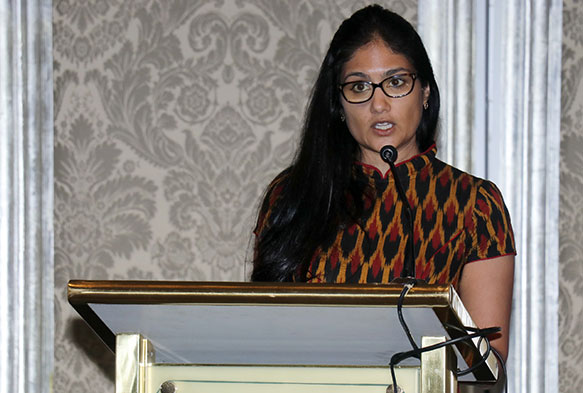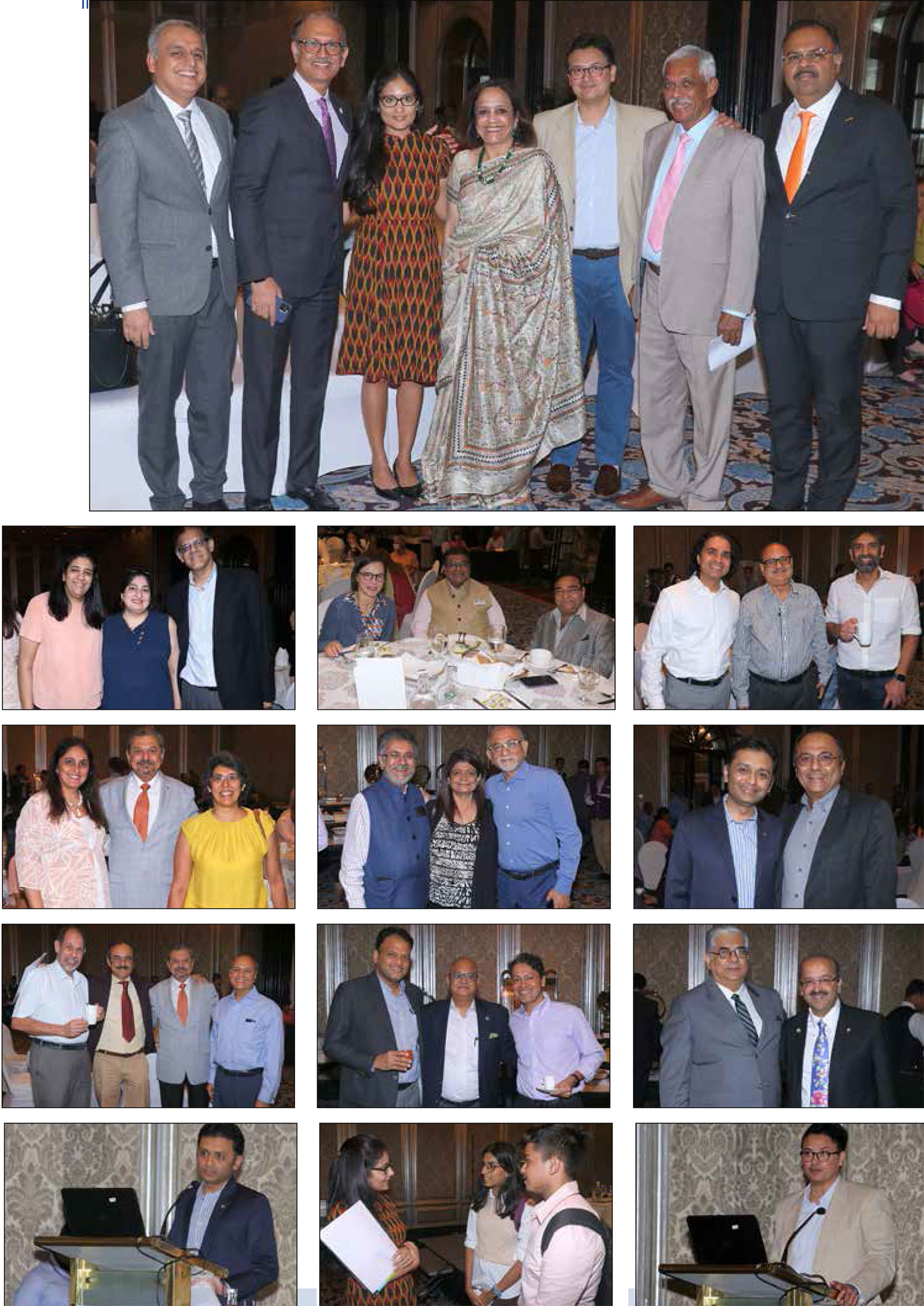
Roopa Purushothaman, Chief Economist & Head Of Policy Advocacy, Tata Group
“WHY ARE SOME COUNTRIES RICH AND SOME POOR?
This is the question that drove me to learn developmental economics and, as an economist at Goldman Sachs, into research that ultimately coined the term BRICS. At the time, we had no idea that it would generate a particular interest in the global community.
I moved to India from the US to closely understand the economy. The first paper I wrote on India looked for India’s
potential to rise with more women in the workforce. Women in the workforce could add up to 1 trillion in the GDP. Women are highly aspirational but still low in participation.
The reasons are diverse, major being the unequal pay, talents are universal, but opportunities are not; low access to safe travel, existing mindset of people of what women can or cannot do.
ONE WAY AHEAD IS IF ONE WOMAN CAN SERVE AS A ROLE MODEL FOR OTHERS. WE ARE ALSO LOOKING TO PROVIDE SAFE TRAVELS TO ENCOURAGE WORK PARTICIPATION.
During the pandemic we saw so many women drop out to early marriage, some moving away from the cities. While this was happening, we spent so much time making the case for women in the work force, but did we focus enough to make it worth it for them to work?
It is overwhelming to see how students are now trying to solve our problems of climate change, economic evelopment, and urbanisation. What we want to do is connect them for a better world. I want the woman to invent, and we would like to show that their talent matters and their impact matters.”
ROTARIANS ASK
What were your findings in studying India?
I think the three big levers that could shift the country’s trajectory are women’s work participation, understanding how to connect with small entrepreneurs and the story of digital transformation. We have an opportunity in India to solve problems of access with the help of technology.
Are you thinking of it as something scalable?
We thought a lot about the model, and we want it to be a centre of excellence. And we want it to move in one
generation to the entire family. We achieved scale at Teach India, so in Pune there is a strong education ecosystem but earlier we didn’t work together. So now we have organisations that have a lot of scale.
One sector of adolescent boys is often overlooked, so do you think that needs to be of concern?
So, when we say we are doing programmes for girls doesn’t mean we are neglecting boys. I think India needs more of
everything. It is our way of activating the families. We do all sorts of dialogues with the family, there is gender education for boys. We chose all girls; it was a practical decision to focus on health and education of girls. In doing that, we need to engage with the community.

